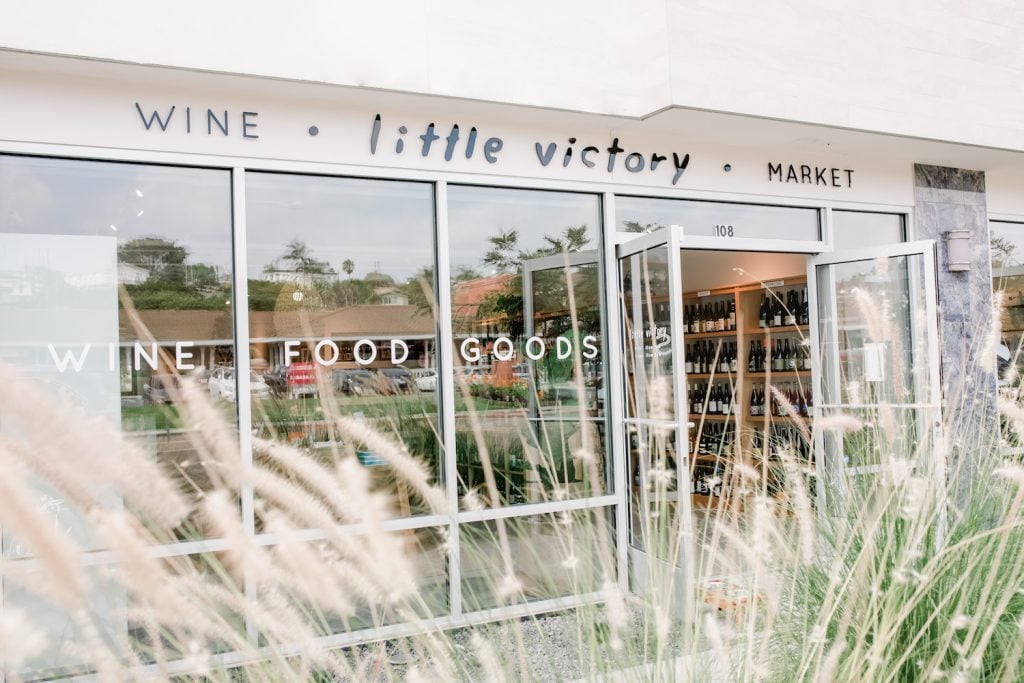It’s the question everyone has been asking for years: How many breweries can San Diego support? When will the “craft beer bubble” burst?
Everyone, of course, has their own theory and sense of what dynamics are actually driving the growth and evolution of the San Diego beer industry. As an interested and fairly active observer, I—of course—have my own theory. I get asked the “bubble question” an awful lot, so I’ve considered it an awful lot.
Here’s my theory: The “craft beer bubble” is actually not a bubble at all. I’d say it’s really more of a beach ball, but one with a hole in it that acts as a sort of pressure-release valve. As the ball inflates with the addition of air (new breweries), the pressure inside the ball increases and—due to certain laws of physics that I can’t name—the increased pressure forces some of the ball’s interior contents out through the pressure release (brewery closings). The higher the pressure inside the ball (more breweries), the higher the pressure coming out of the ball, which results in a faster release of air (more brewery closings). What’s that you say? Even under that scenario the beach ball can potentially burst? That’s true. But for the sake of this argument, let’s assume the beach ball still has a good deal of capacity remaining.
In the past year or so, we’ve started to see something we really haven’t seen before: some of the air is coming out of the beach ball. For some folks, these first closings were alarming, but they were scary only because we had been incredibly spoiled by previously unimpeded and unbridled growth. If you think about it, that fact in itself is fairly amazing. It took getting up to about 115 breweries before we started to see even the most preliminary effects of increased competition.
“It took getting up to about 115 breweries before we started to see even the most preliminary effects of increased competition.”
It started with URBN St. in El Cajon and, soon after, Twisted Manzanita. Then came Pacific Brewing, Valley Center Brewing, nearly 100 people laid off at Stone, the pending sale of Lightning, and now—most recently—the sale of Stumblefoot and the closing of On The Tracks. What’s interesting about this mix is how different all these companies are; generalizations about what caused them to fail (or contract) are not applicable here. You can’t use beer quality as the answer across the board. Nor can you use overly aggressive growth as the answer. What you can say is that contraction in a market such as this—in one growing as quickly as this—is not only inevitable, it’s actually healthy. And if you look at our “failure rate” in terms of simple brewery numbers, it’s still astonishingly low (6 or 7 breweries out of 135). In fact, it would be perfectly unremarkable if—during the course of this year—we saw another 6 or 7 breweries close. And don’t forget: During the past year-plus, we’ve also added nearly 30 new breweries, which means our pace of growth has yet to slow significantly.
What has changed in our local beer industry—and is particularly notable—is what San Diego Brewers Guild President Jill Davidson calls the “room for error.” Jill believes, “The room for error is shrinking right now. Where you used to have room to make one or two or three maybe not-so-great decisions, that doesn’t exist anymore. Today, one bad decision and it could mean the end.”
So, yes, there is more pressure on the new guys who are just entering the game, and there’s less leeway for them to make mistakes. But that doesn’t mean there isn’t still lots of room in the market. I would argue that there are still huge areas and opportunities that have yet to be exploited. To borrow again from Jill Davidson, “It’s all based on the scale of your dreams,” which is to say, whatever kind of brewery you want to be—hyper-local or multinational—you can do it, but you better make damn good beer and have it all well planned out.
“Whatever kind of brewery you want to be—hyper-local or multinational—you can do it, but you better make damn good beer and have it all well planned out. “
Hyper-local neighborhood-centric breweries still offer one of the best and most accessible business models for new breweries. Start small, build a loyal local clientele, and sell everything you make in your tasting room. You can, of course, also go big and think about building a brewery that distributes into other states or even other countries. That model takes a lot more capital, but people often forget that San Diego beer is now an international brand; it can travel. Yes, we have a limited number of taps in town, but not all San Diego beer has to be consumed in San Diego.
So, the next time you find yourself in the conversation with your fellow craft beer fans about “how many is too many,” remember that we’ve already seen the total number of breweries far exceed the number we thought was crazy only eight or ten years ago. And remember that, ultimately, the brewers in this town will thrive on increased competition, which will, in turn, mean more great beer for all of us to enjoy. Here’s to that.

The Craft Beer Beach Ball: How Many Breweries Is Too Many?














